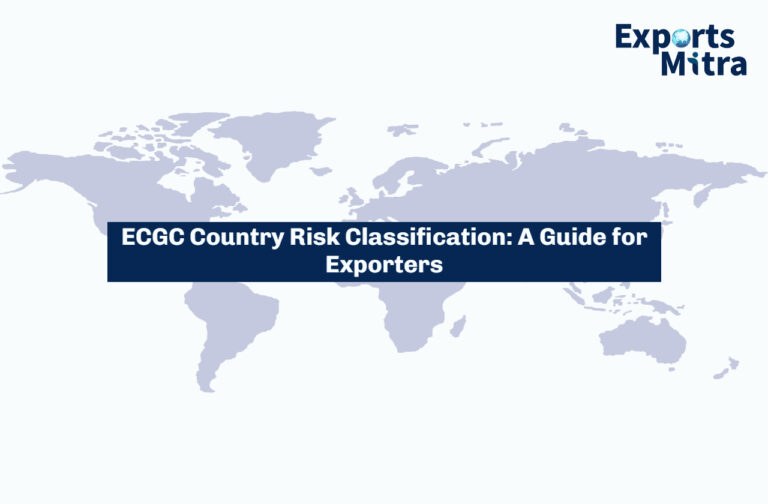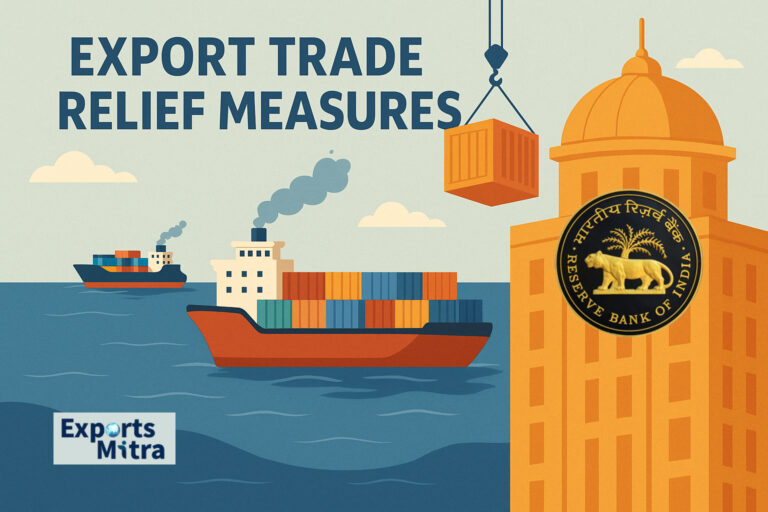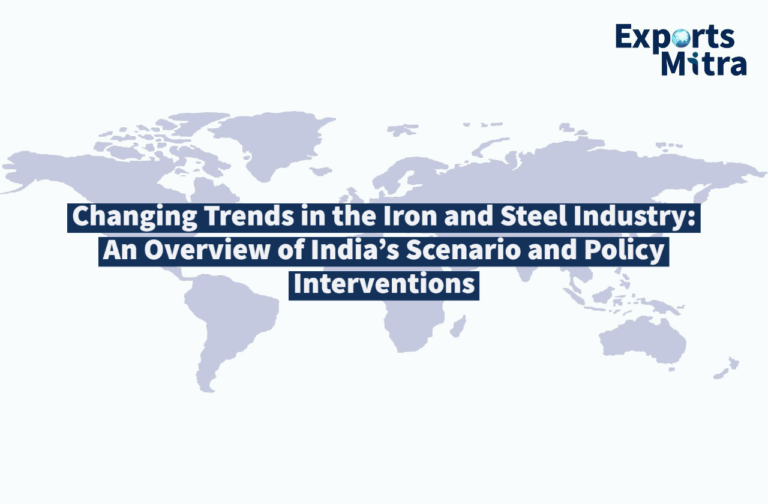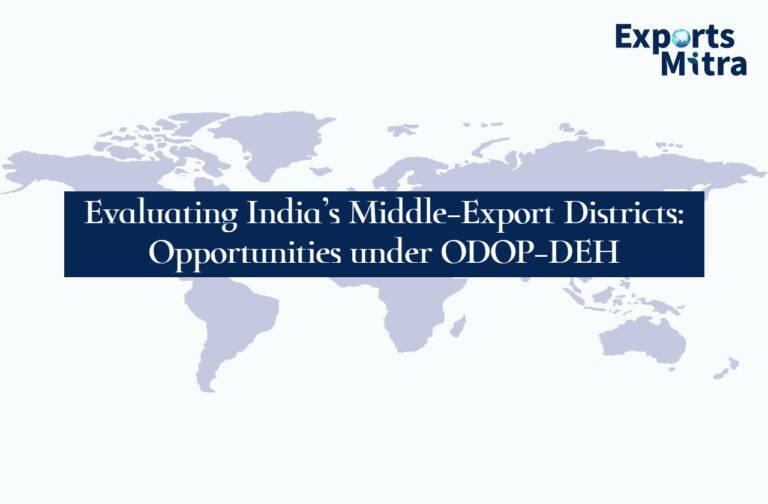Export-Import business is an opportunity to widen business horizons to the international market and to gain access to goods and services not available in the domestic market. If you are considering venturing into the export business, there are basic steps to take. This article will provide you with guidance on how to start your exports business.
1. Import-Export License
The first step is to obtain an import-export license called Import Export Code (IEC) in order to export or import anything from India. No individual or entity can export or import without this license. The license is issued by the Director General of Foreign Trade (DGFT), which is responsible for framing laws, rules, and regulations regarding foreign trade and foreign investments in India. Companies can obtain their exports/imports from DGFT, Customs, Export Promotion Council based on the IEC.
To obtain the IEC license, one has to apply online at DGFT portal http://dgft.gov.in. For information on how to apply online visit the link http://dgft.gov.in/exim/2000/ieconlinehelp.pdf
2. Obtaining Registration Cum Membership Certificate (RCMC)
After obtaining the IEC, you need to obtain a Registration Cum Membership Certificate (RCMC) to get authorization to import and export or for any other benefit. There are around 26 export promotion councils from where you can get an RCMC issued. Depending on the products you deal with, you can apply for RCMC from the relevant council, such as the Spice Board if you deal with spices. You can also obtain an RCMC from the Federation of Indian Exports Organization (FIEO), which is set up by the Government of India and under the administrative control of the Ministry of Commerce. In case an export product is not covered by any Export Promotion Council/Commodity Board, etc., RCMC in respect thereof is to be obtained from FIEO.
You can visit FIEO website at https://www.fieo.org/. You may also want to visit http://www.indiantradeportal.in/, a website which is maintained by FIEO.
3. Exploring Buyers & Markets
One challenging aspect of exports business is finding the right market and buyer. Connecting with foreign buyers can be challenging, but websites like the Indian Trade Portal, EximMitra by EXIM Bank, and Export Promotion Councils can help. FIEO can also provide you with the list of potential buyers.
4. Terms of Payment in Exports
Establishing clear terms of payment with your buyer before you make shipments is essential. There are four main broad means of payment: Advance payment, Letter of Credit (LC), Documents against Payment/ Cash Against Documents (CAD), and Documents against Acceptance (DA). Every document has to be routed through your banks in the exports business.
5. Getting Bank Finance
When it comes to exports, there are two ways of bank finance: Pre-Shipment/Packing Credit and Post-Shipment Finance. Pre-Shipment/Packing Credit is finance given by banks to help execute orders and make exports. Post-Shipment Finance is when you let the bank purchase, discount, or negotiate the bills instead of waiting for payment from the foreign buyer.
6. Insurance
Availing insurance for goods and payments is another important aspect of exports business. You can approach general insurance companies like Oriental Insurance, All India Insurance for goods insurance, also known as marine insurance. Credit insurance is an insurance against the risk of payment. ECGC (Export Credit Guarantee Corporation of India) is a government company that provides credit insurance to cover the risk of non-payment from the buyer. In case of default, credit insurance will cover the risk. It is important to get credit insurance to cover the risk of non-payment from the buyer.






